Windows 11 hides certain files and folders by default to prevent users from accidentally modifying or deleting critical system components. However, there may be times when you need to access these hidden items for troubleshooting or customization purposes. This guide will walk you through several methods to display hidden files and folders on your Windows 11 system.
Show Hidden Files Using the File Explorer View Menu
- Launch the File Explorer by clicking on its icon in the taskbar or by pressing Windows + E.
- At the top of the File Explorer window, click on the View tab in the command bar.
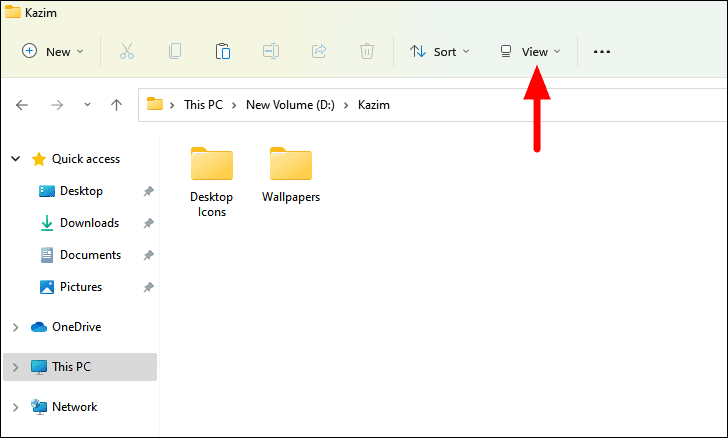
- Hover over Show in the drop-down menu to display more options.
- Select Hidden items from the menu to reveal hidden files and folders.
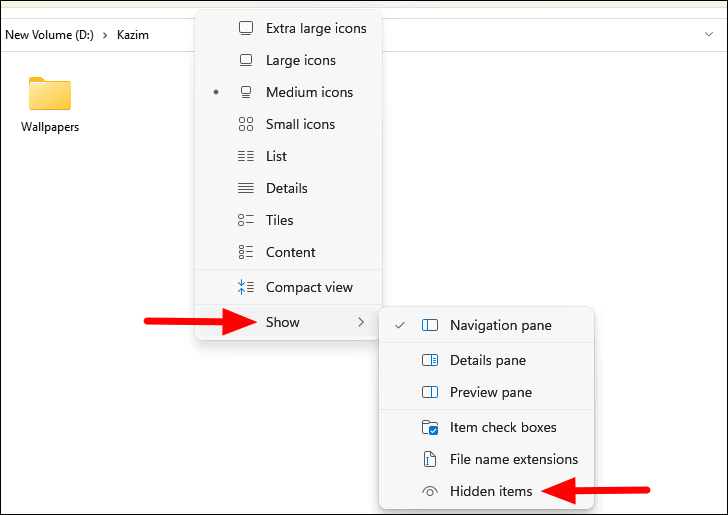
Hidden files and folders will now be visible in File Explorer. You can distinguish them by their slightly faded or translucent icons compared to regular items.
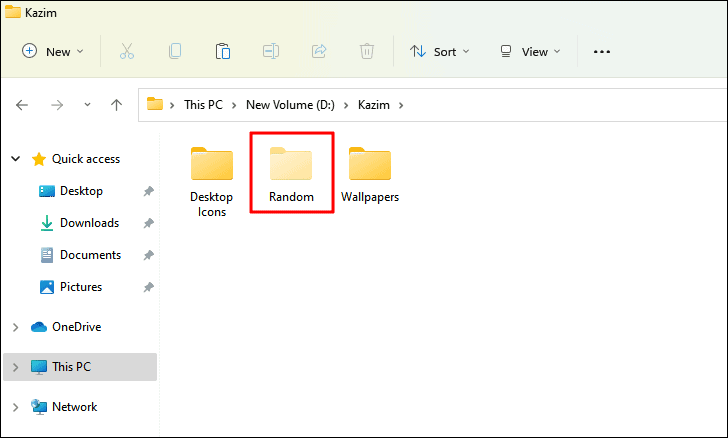
Reveal Hidden Files and Folders via File Explorer Options
- In File Explorer, click on the More options (three dots) icon in the command bar.
- Select Options from the drop-down menu to open the Folder Options window.
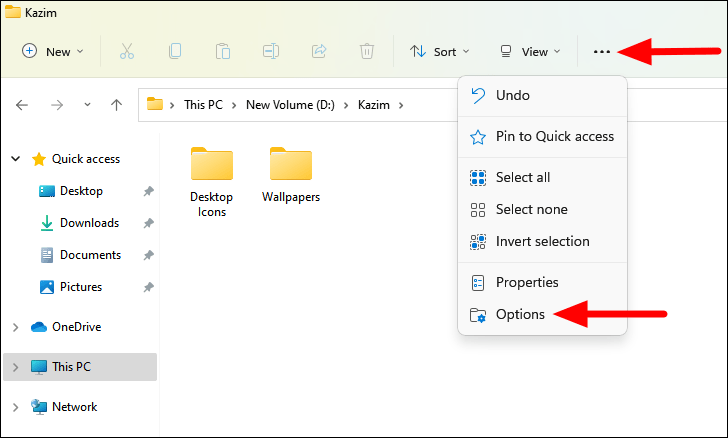
- In the Folder Options window, switch to the View tab.
- Under the Advanced settings section, find the option labeled Hidden files and folders.
- Select the radio button for Show hidden files, folders, and drives.
- Click OK at the bottom to apply the changes.
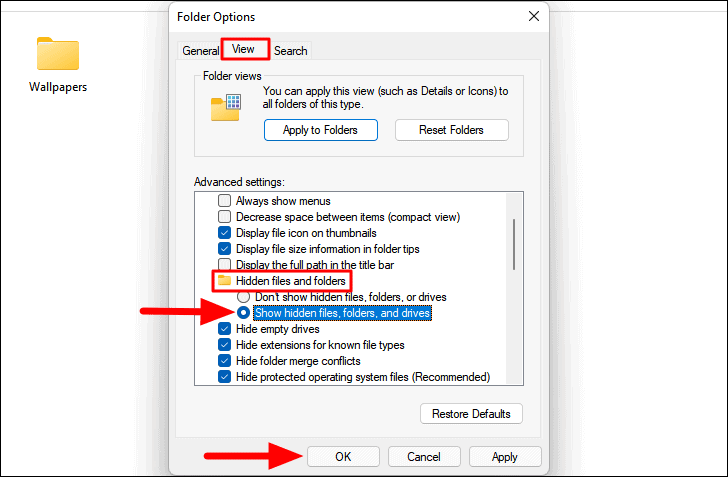
Hidden files, folders, and drives will now be visible in File Explorer. If you also need to access protected operating system files, you can enable their visibility as well.
- In the same View tab of the Folder Options, scroll down to find Hide protected operating system files (Recommended).
- Uncheck this option to reveal system-protected files.
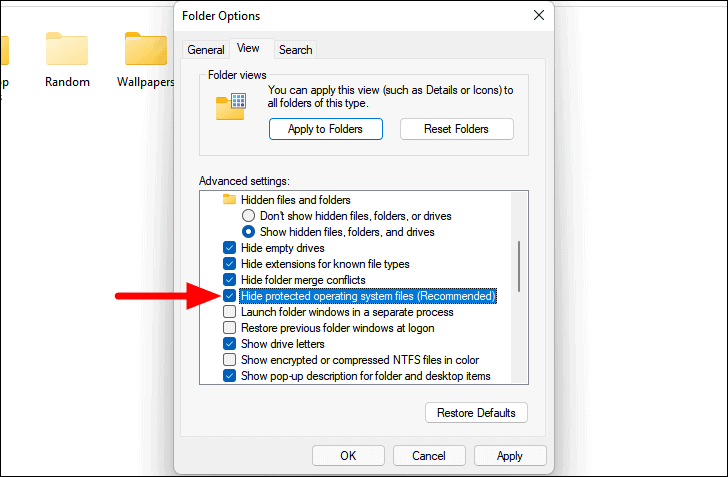
- A warning message will appear, informing you about the risks of displaying protected system files. Click Yes to confirm.
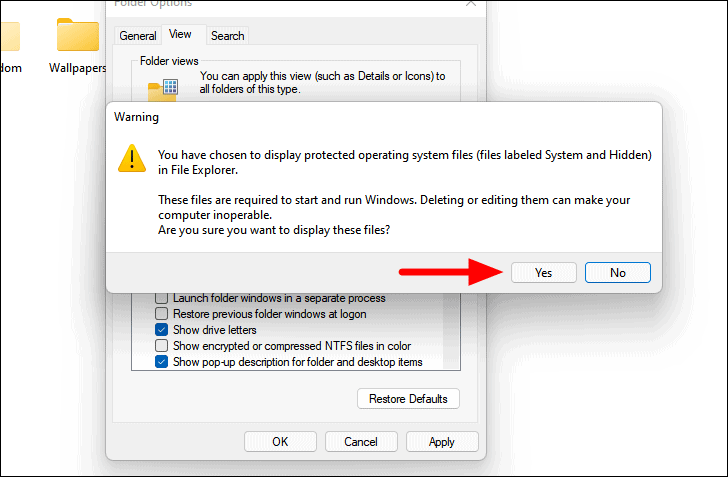
- Click OK at the bottom of the Folder Options window to save the changes.
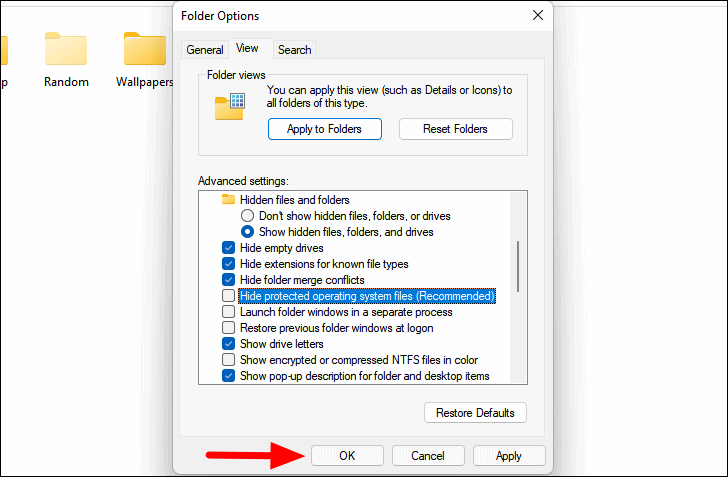
Protected operating system files are now visible in File Explorer. These files are essential for the proper functioning of your system.
Note: It is highly recommended that you do not modify or delete any protected operating system files unless you are certain of what you are doing. Altering these files can cause system instability or even render your system unusable. Remember to hide them again after you are finished.
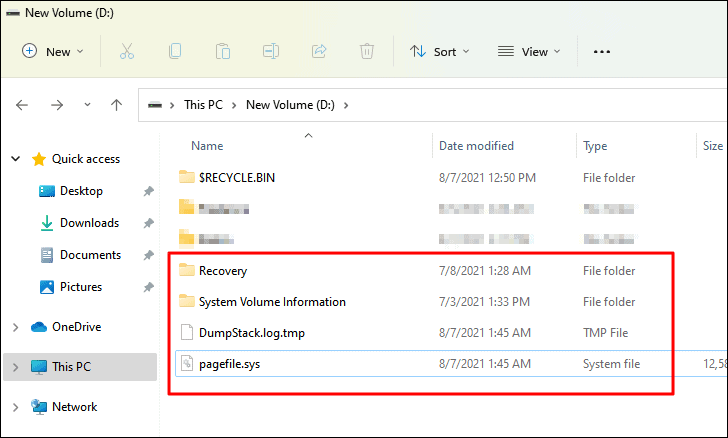
Enable Hidden Files and Folders via Registry Editor
Another way to reveal hidden files and folders is by modifying the registry settings. Note that editing the registry can be risky if not done correctly, so proceed with caution and follow the steps carefully.
- Press Windows + R to open the Run dialog box.
- Type
regeditinto the text field and press Enter or click OK to launch the Registry Editor.

In the Registry Editor's address bar at the top, navigate to the following path:
HKEY_CURRENT_USER\Software\Microsoft\Windows\CurrentVersion\Explorer\Advanced
- On the right side, locate the Hidden DWORD. If it doesn't exist, right-click on an empty space, hover over New, select DWORD (32-bit) Value, and name it
Hidden.
Note: If you cannot find the Hidden DWORD, you will need to create it as described.
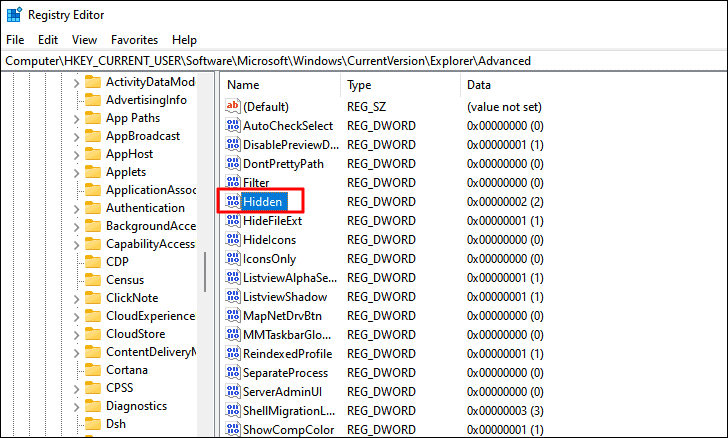
- Double-click on the Hidden DWORD to modify its value.
- Change the Value data from
2to1and click OK. A value of1shows hidden files, while2hides them.

- To display protected operating system files, find the ShowSuperHidden DWORD in the same location. If it doesn't exist, create it as before and name it
ShowSuperHidden.
Note: If the ShowSuperHidden DWORD is not present, you'll need to create it.
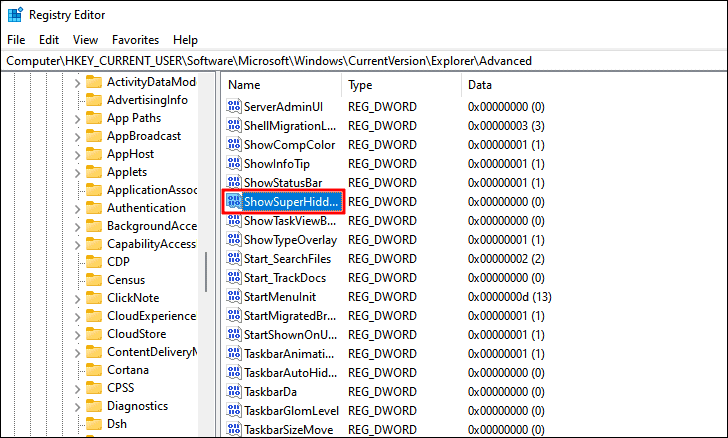
- Double-click on the ShowSuperHidden DWORD.
- Change the Value data from
0to1and click OK. Setting it to1will reveal protected operating system files.
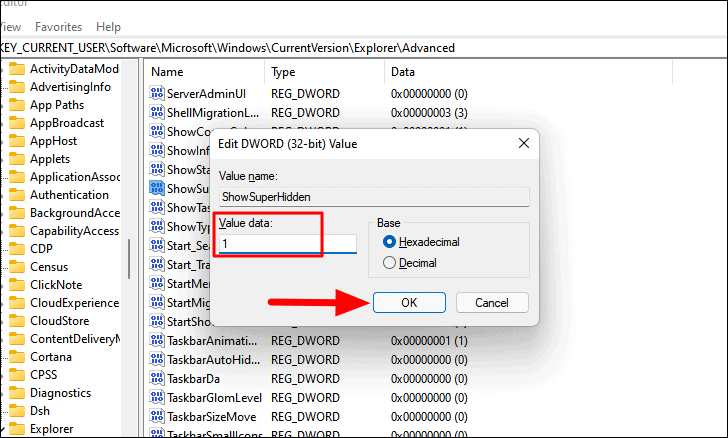
The changes should take effect immediately. If they don't, try refreshing the File Explorer or restarting your computer.
By following these methods, you can easily access hidden files and folders in Windows 11. Remember to be cautious when handling hidden or system files, as modifying or deleting them can affect your system's stability.

